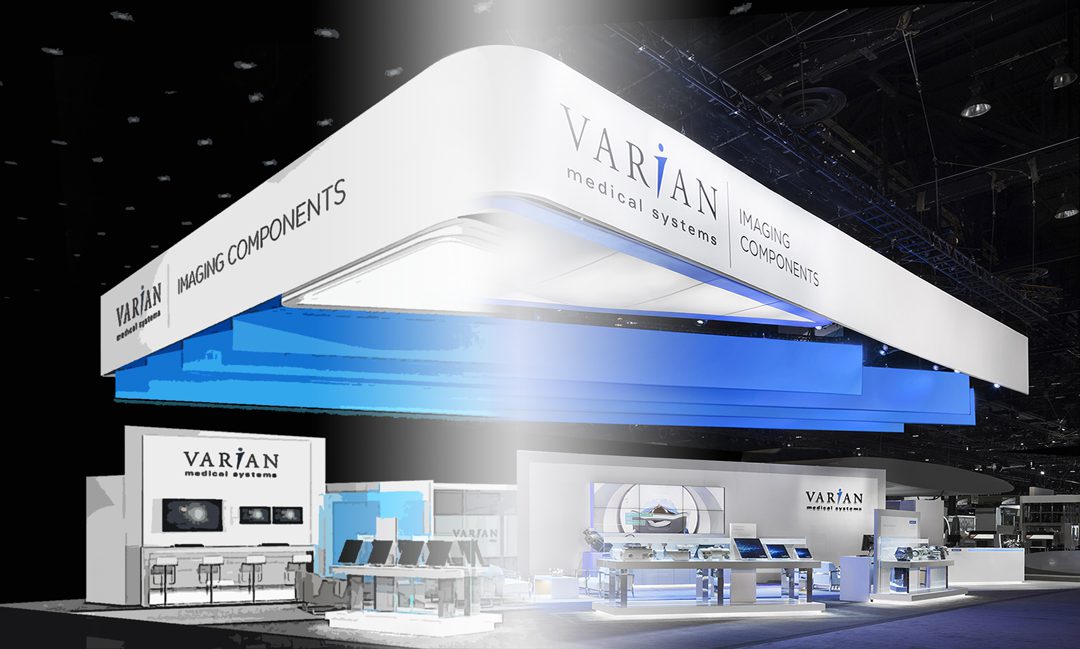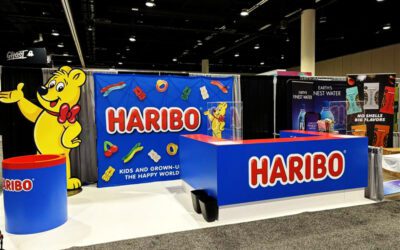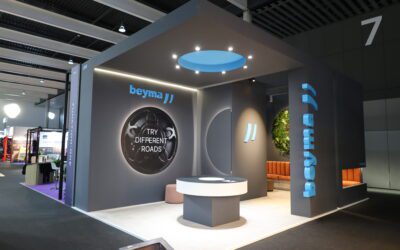Ready to build your new property? A little communication goes a long way.
It’s finally time: senior management have green-lit your plan for a new exhibit design, and you couldn’t be more excited. Time to write and send that RFP you’ve been crafting mentally for months. But as you hit “send” and await responses, the nervousness sets in. How can you really be sure you’ll get exactly the exhibit design you’re hoping for out of this process? Will your partner truly understand your vision and bring it to life?
Without a doubt, the exhibit design process is fraught with opportunities for miscommunication. It’s natural to feel nervous, but by communicating clearly with your partner every step of the way, you’ll make all the difference between an uncertain outcome and a fantastic experience.
After years of collaborating with happy clients, here are the EDE team’s quick thoughts for ensuring you and your exhibit partner communicate seamlessly.
1. Remember to research.
Sending an exhibit RFP is a big step. Start your design process well in advance by contacting, and if possible, meeting, potential exhibit houses. As you speak with them and review their prior work, draft a list of those you’d be most interested in working with. Once your RFP is finished, send it only to those selected partners rather than blanketing a large number of random houses. You’ll save yourself a lot of time, and ensure your final partner selection is really a good candidate to serve your needs in the first place.
![]()
2. Get all your stakeholders’ needs on paper.
No exhibit partner can design for needs they don’t know about. Before your first meeting with your new design team, speak with all internal stakeholders and draft comprehensive lists of needs. Be sure to include critical details like number, size and purpose of conference rooms; demonstration areas; and hospitality plans. Even more importantly, define how you want attendees to feel as they approach the space—and how they should feel as they interact with you inside of it. With this information, your exhibit team can craft each element of the experience to achieve your goals.
![]()
3. Be up front about your expectations for spending.
There are a million ways to spend your exhibit dollars, and designers love to spend it. Be clear up front about what you can and cannot afford, and how much of your budget should be allocated to each area. If you do not know the answers to these questions, share as much information as you do know and keep your exhibit team updated as details emerge. Being up front about your budget allows you team to create the right mix of graphics, structure and technology. At EDE, we’ve noticed over the years that when clients keep budget a secret early on, they can end up with a property that looks great but doesn’t function optimally—or functions well but doesn’t have the “wow” factor.
![]()
4. Always ask for questions or clarification.
We admit it: exhibit houses are frequently guilty of using lingo or phraseology that’s specific to our industry. If you see words or ideas you don’t understand in a proposal, or hear them in a meeting, don’t hesitate to ask. Making sure you’re absolutely clear on what you are (or are not) getting as part of your contract protects your investment and ensures your exhibit house serves you in the best way possible. Continue to ask questions throughout the process. A great exhibit partner will welcome—and honor—your need to know as part of their great client service.
![]()
5. Follow the process.
Once you’ve signed a contract with a particular partner, make sure you honor timelines, stay frequently in touch, and provide assets as quickly as possible in the requested sizes and formats. (This is a two-way street, of course. Your exhibit house should be doing the same!) If your partner uses a great project management tool like Basecamp—our favorite here at EDE—log in frequently to check on conversations, or check off tasks assigned to you. Though the design refinements and exhibit build process may seem long, this is actually a time to increase communication rather than take a hands-off approach.
An exhibit is a substantial investment for your firm, one that ought to reap brand and sales rewards for years to come. Get your project off to a great start—and ensure an even better finish—by taking the time to communicate closely and often with your exhibit house.



